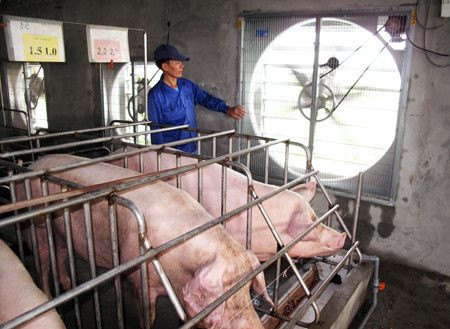
According to the forecast of the National Center for Hydro-Meteorological Forecasting, in 2024, the heat wave will come earlier and tend to be more severe than in previous years. The number of hot days this year may appear more than in 2023, and it is likely that the highest temperature will appear, surpassing the old record that has been observed. The heat wave in the North is concentrated from April to August, with the peak being from May to July. Along with the heat wave, sudden thunderstorms may appear. Unpredictable changes in environmental factors are detrimental to the growth and development of livestock.
To proactively respond to unusual weather phenomena and minimize negative impacts on livestock, the Department of Animal Husbandry and Veterinary Medicine of Hai Duong province recommends that people ensure the following measures:
About livestock farms
- Must ensure ventilation and oxygen balance in the barn; inspect, renew, repair and upgrade cooling systems for livestock and poultry barns.
- For closed barns, it is necessary to regularly check the operation of the cooling system and ventilation fans; prepare black nets to cover the cooling system and windows of the barns when the sun shines in, paying special attention to the areas for raising pregnant livestock, laying cattle, and breeding poultry.
- Prepare a plan to spray water on the roof of the barn (especially for old barns with fiber cement roofs), install a misting system in the barn.
- Check the power generation system to ensure it is working properly and have a backup plan in case of power outage.
About care and nurturing
- Regularly check the drinking water supply system, always ensure enough clean, cool drinking water for livestock according to demand, do not let livestock get thirsty, especially lactating livestock, pregnant livestock, laying poultry, and young poultry.
- Implement the correct stocking density:
+ For poultry farming: Brooding: 50-60 birds/m2; poultry weighing 0.5-1 kg/bird: 8-12 birds/m2; poultry weighing 2-3 kg/bird: 3-5 birds/m2. Poultry should be released into the garden, in areas with many shady trees.
+ For pig farming: 4-5 m2/head for breeding boars; 2 m2/head for sows, 1.5 m2/head for gilts, and 0.7-1.2 m2/head for meat pigs.
+ For raising buffaloes and cows: The area of individual pens is from 4-5 m2/head, if the pens are kept together, the minimum area required is 2 m2/adult buffaloes and cows; young buffaloes and cows is 1.5 m2/head; calves and young calves is 1 m2/head (not including feeding and drinking troughs). In addition, the playground area for buffaloes and cows is 6-8 m2/head; young cows is 4-5 m2/head; calves and young calves is 3-4 m2/head. Do not graze and bathe cattle during hot times of the day, it can easily cause heatstroke. The appropriate grazing time is in the morning (6-9 am) and late afternoon (4-6 pm).
- Ensure good nutrition for livestock, focusing on increasing fat and reducing starch in the diet to limit heat generation in livestock; feed concentrated feed in the early morning and late afternoon; increase vitamin C and electrolyte supplementation in drinking water and regularly change water for livestock.
Note: For buffaloes and cows, ensure adequate green roughage of 15 - 35 kg/head/day and supplement with concentrated feed (1-2.5 kg/head/day). When raising laying hens, avoid overfeeding them. On hot days, reduce the amount of starch in the diet and feed them with more green vegetables and good quality bran.
Vaccination
Fully vaccinate livestock and poultry that are of vaccination age according to regulations. Vaccination should be done in the early morning or late afternoon; do not inject too many types of vaccines into one animal at the same time. Proactively detect and report to specialized agencies to promptly handle any dangerous epidemics that arise according to regulations.
Keep clean
Regularly clean and sanitize barns every day; disinfect inside and outside the barn, clear drainage ditches, clear bushes around the livestock area, treat habitats and breeding grounds for mosquitoes and biting insects, minimize environmental pollution and prevent the risk of disease outbreaks...
NGUYEN MINH DUC, Department of Animal Husbandry and Veterinary Medicine of Hai Duong provinceSource



![[Photo] Looking back at the impressive moments of the Vietnamese rescue team in Myanmar](https://vstatic.vietnam.vn/vietnam/resource/IMAGE/2025/4/11/5623ca902a934e19b604c718265249d0)
![[Photo] "Beauties" participate in the parade rehearsal at Bien Hoa airport](https://vstatic.vietnam.vn/vietnam/resource/IMAGE/2025/4/11/155502af3384431e918de0e2e585d13a)




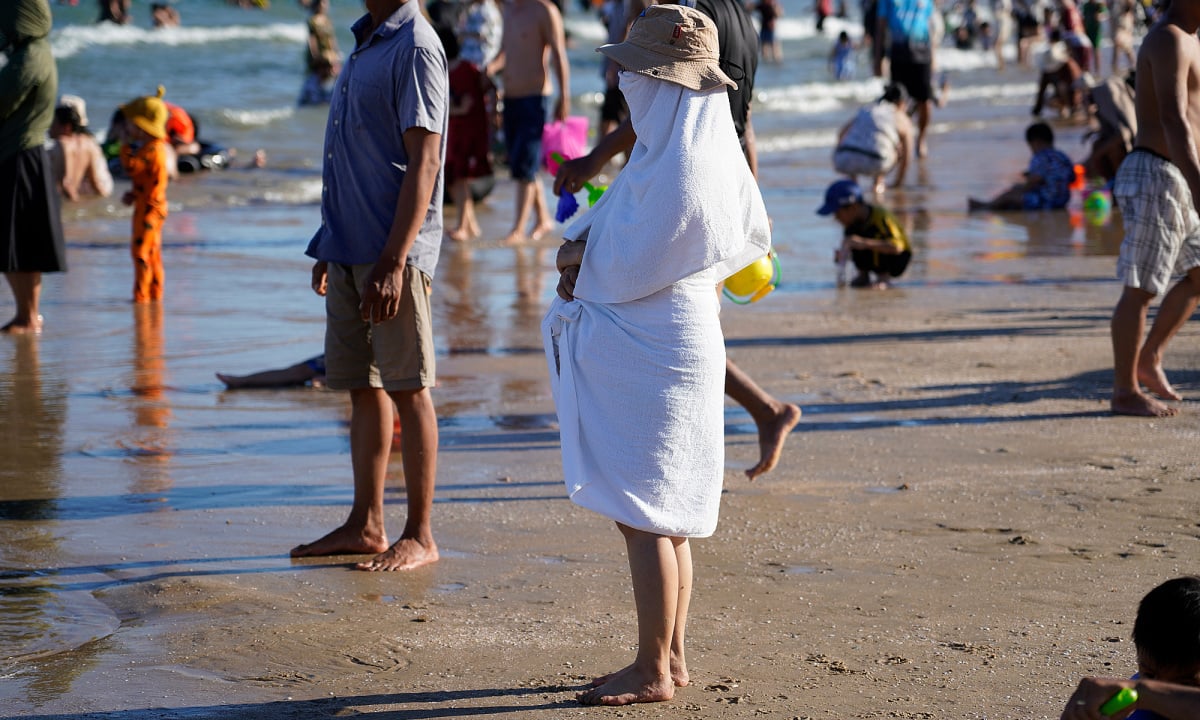
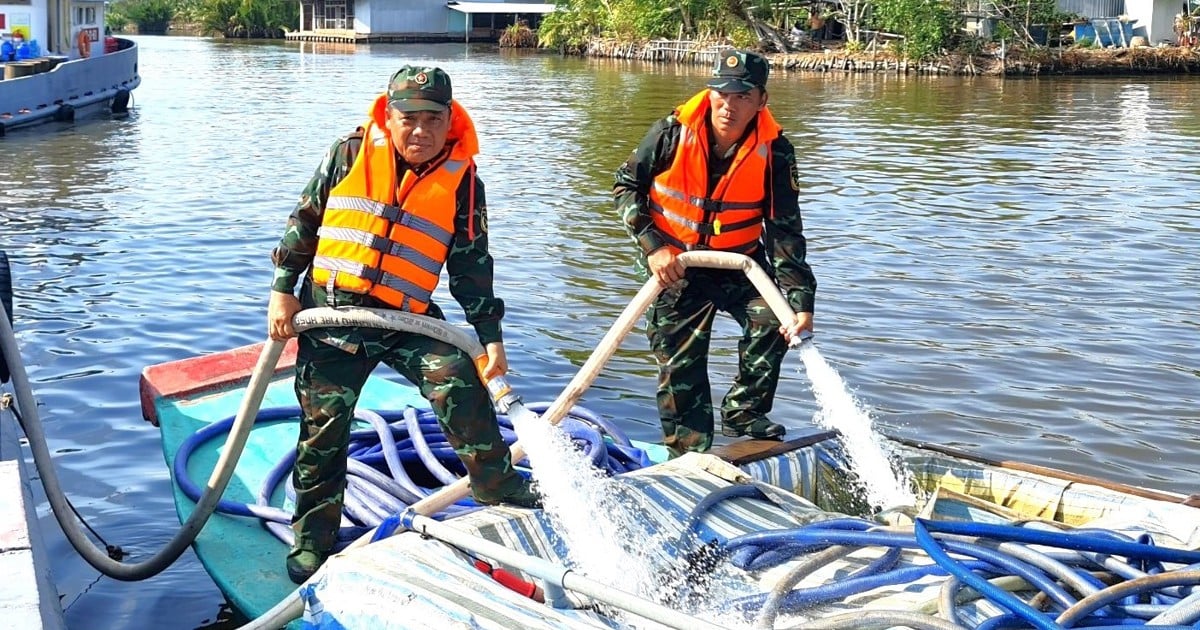

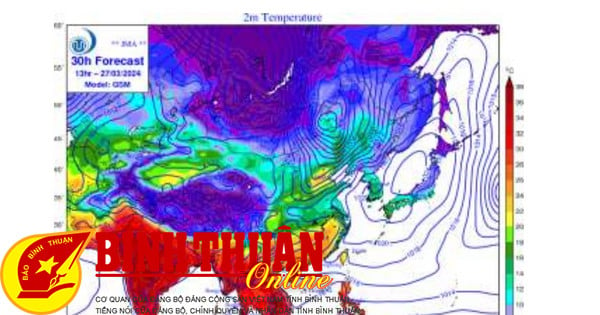
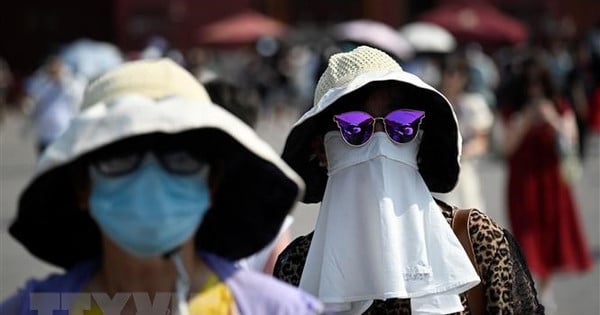

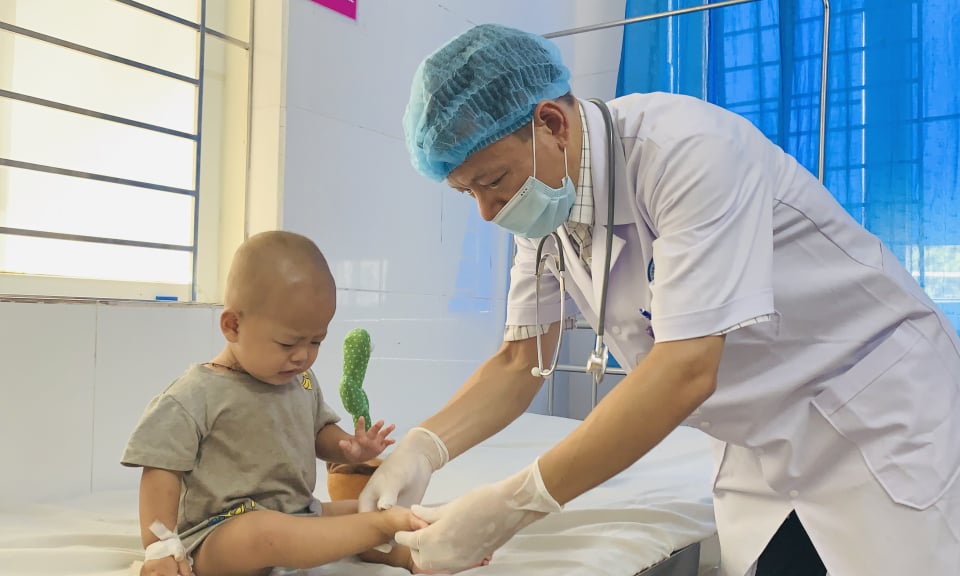


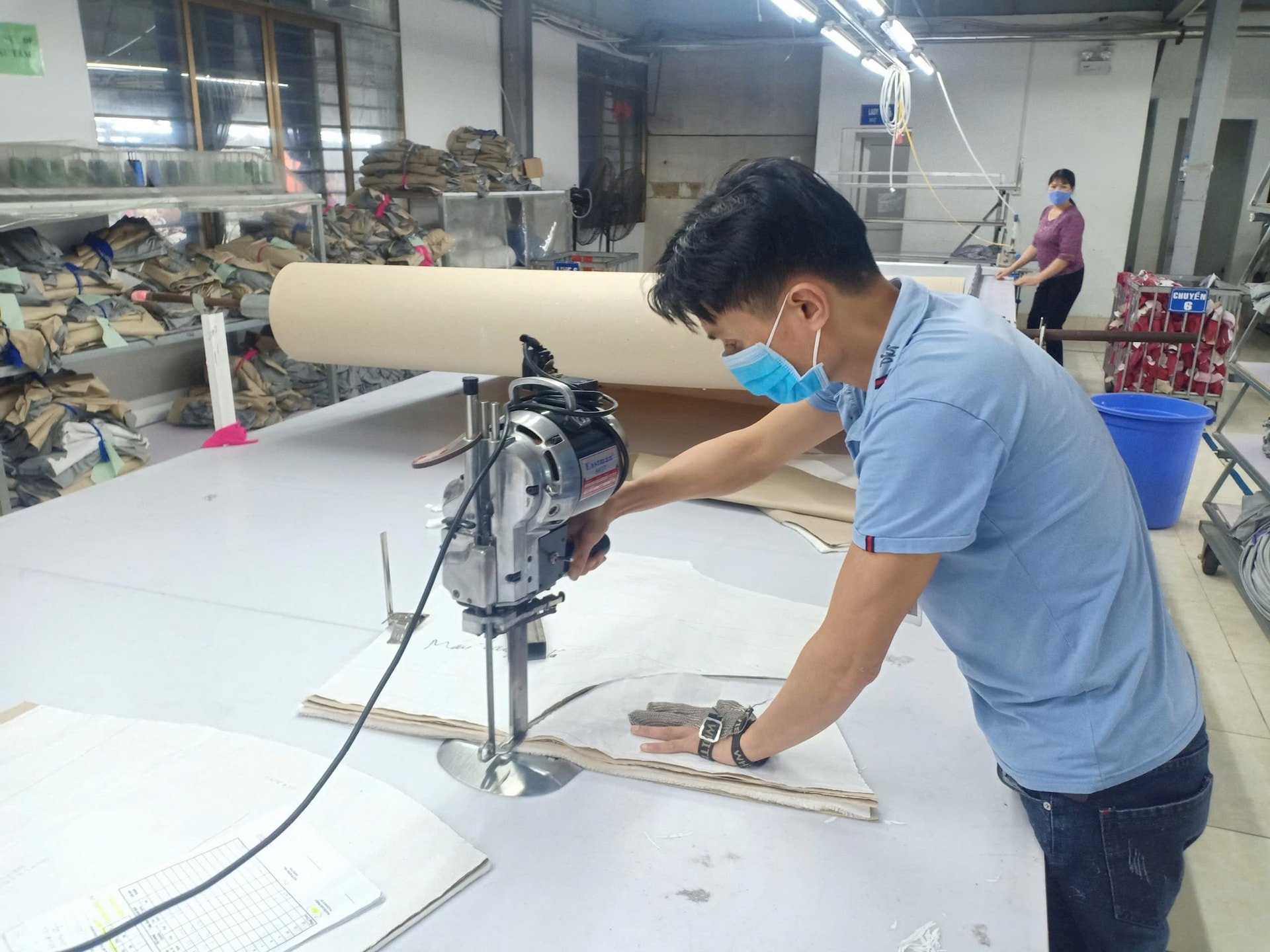
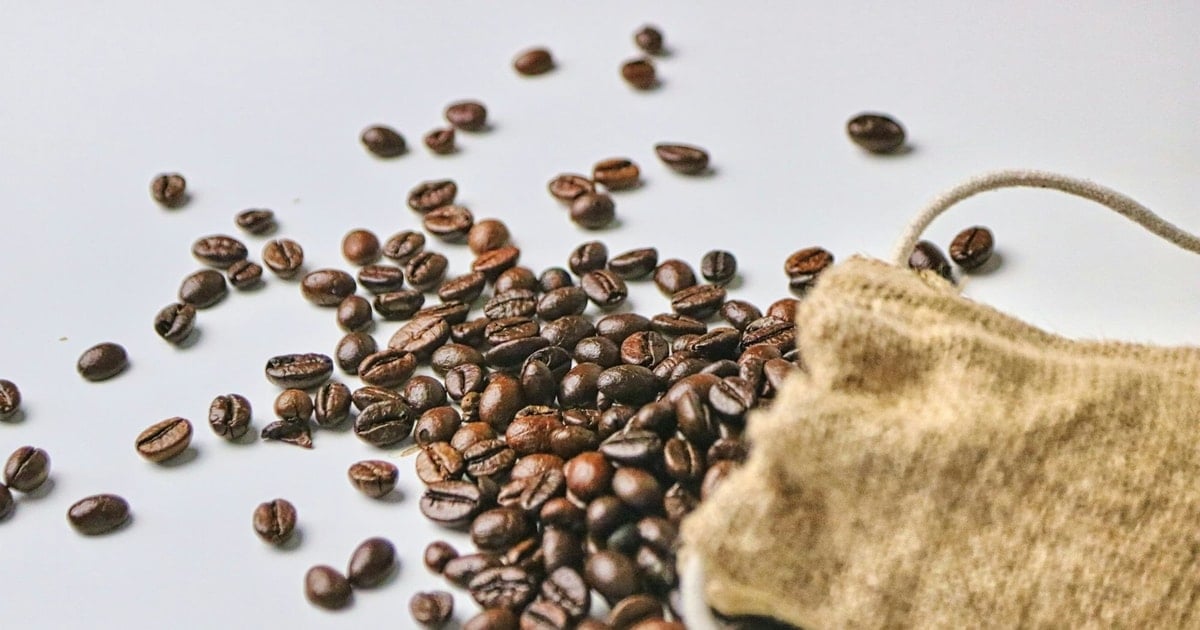
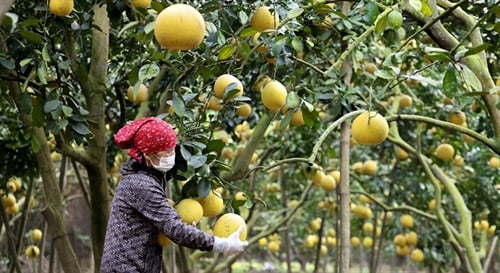






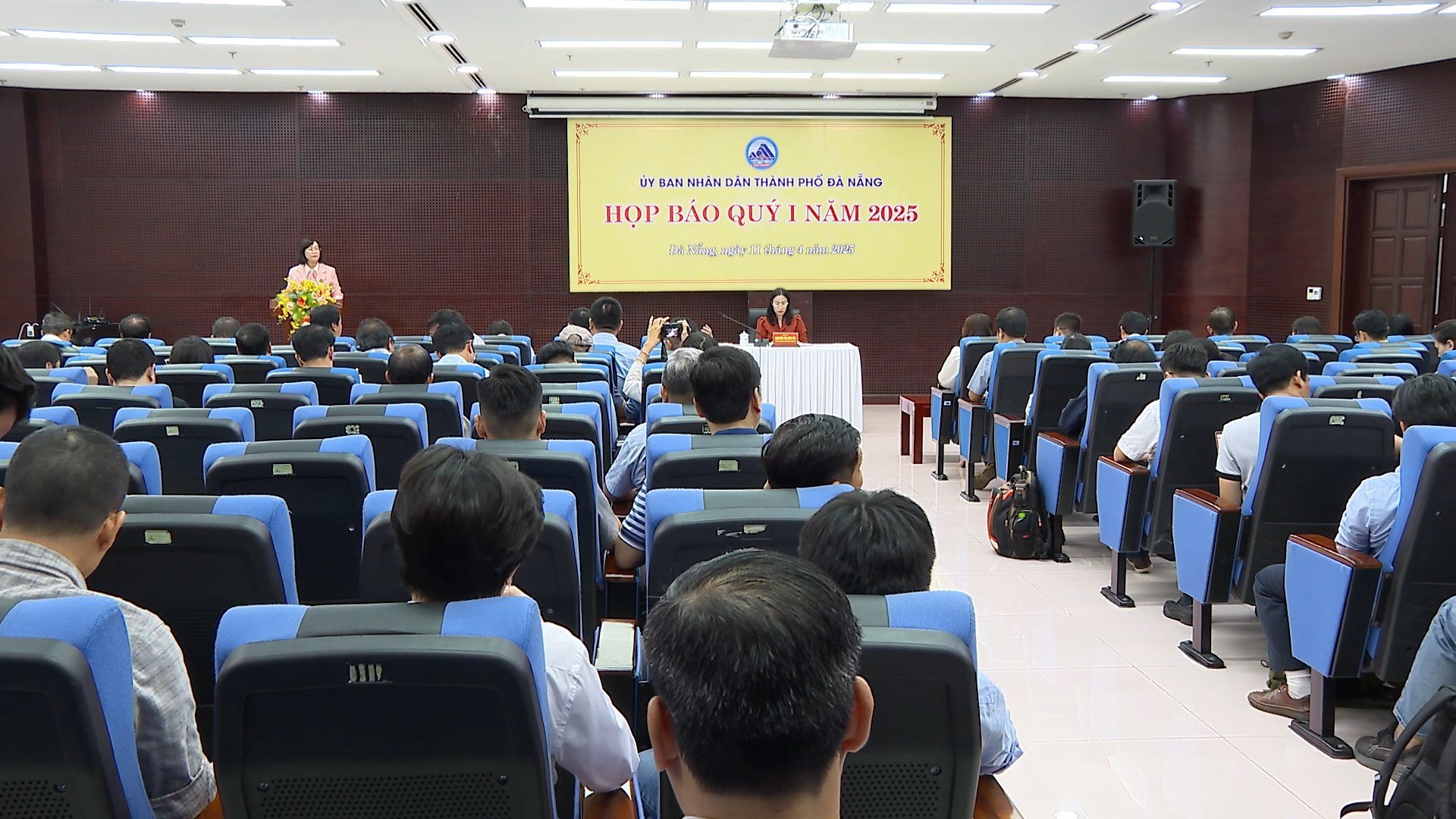




![[Photo] Summary of parade practice in preparation for the April 30th celebration](https://vstatic.vietnam.vn/vietnam/resource/IMAGE/2025/4/11/78cfee0f2cc045b387ff1a4362b5950f)












































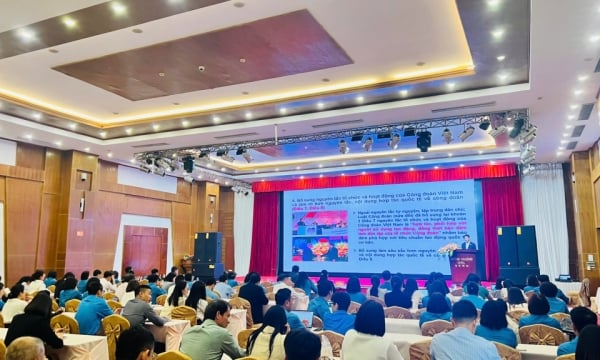

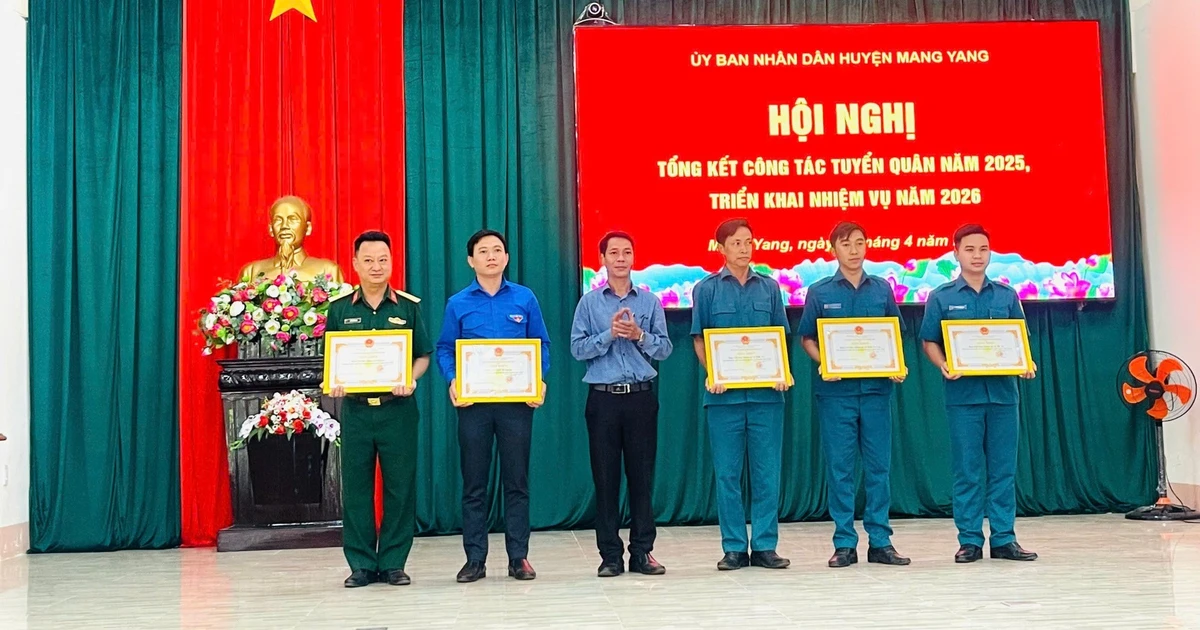












Comment (0)